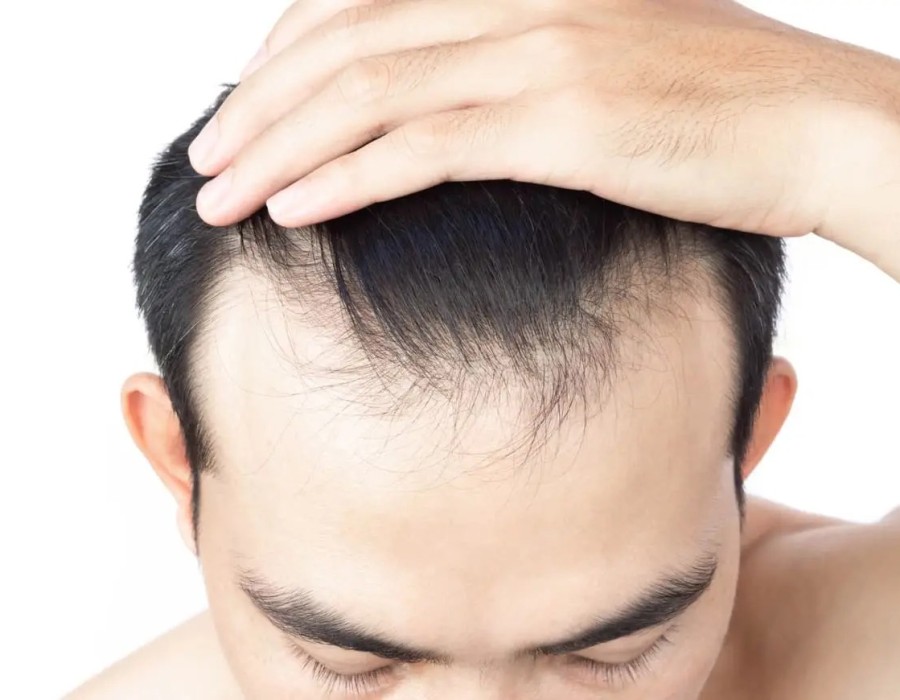In today’s image-conscious world, the demand for non-surgical hair restoration solutions is on the rise. Many individuals struggling with hair thinning, bald patches, or receding hairlines often seek fast and minimally invasive treatments that restore their confidence without going under the knife. One such solution that has gained popularity is front line hair fixing—a technique that promises instant results with little to no downtime. But an important question remains: Is front line hair fixing safe? For anyone considering Front Line Hair Fixing in Dubai, understanding the safety aspects, benefits, and potential drawbacks of the procedure is essential.
What Is Front Line Hair Fixing?
Front line hair fixing is a non-surgical procedure designed to address hair loss, especially at the front hairline. Unlike traditional wigs or hair transplants, this method uses specially designed hair systems that are bonded to the scalp using medically approved adhesives. These hair systems are customized to match your existing hair in texture, colour, and density, offering a natural-looking result. The procedure is quick, often completed in a few hours, and provides instant coverage and volume.
The Appeal of Non-Surgical Hair Restoration
One of the major reasons why people gravitate toward front line hair fixing is the convenience. There’s no need for incisions, stitches, or prolonged recovery periods. Individuals can walk into a session and leave with a transformed look. For many, especially those hesitant about surgical options, it’s an ideal middle ground that delivers cosmetic improvement without medical intervention.
Moreover, the customizability of the hair system allows for a natural appearance that closely mimics one’s original hair. This is especially helpful for individuals in professions or lifestyles where image plays a crucial role.
Is It Safe?
Safety is a valid concern with any cosmetic procedure, surgical or not. When it comes to front line hair fixing, the method itself is generally considered safe. Here are a few factors that contribute to its safety:
1. Non-Invasive Nature
Because the procedure doesn’t involve surgery, there’s no risk of bleeding, scarring, or infection that is often associated with invasive treatments. This makes it suitable for people with health conditions that may prevent them from undergoing surgical hair restoration.
2. Use of Medical-Grade Adhesives
The adhesives and tapes used in front line hair fixing are usually dermatologically tested and safe for most skin types. These are designed to hold the hair system securely while allowing the scalp to breathe, minimizing the risk of irritation.
3. Reversible and Adjustable
One of the comforting aspects of front line hair fixing is that it’s not permanent. If you experience discomfort or simply want to change the style, the hair system can be removed, adjusted, or replaced with minimal fuss.
4. Minimal Side Effects
While side effects are rare, some individuals may experience mild scalp irritation or sensitivity to the adhesives, especially if they have extremely sensitive skin or allergies. Choosing hypoallergenic bonding materials can help reduce this risk.
Important Considerations Before Choosing Hair Fixing
Although the procedure is largely safe, there are some considerations to keep in mind to ensure the best outcome:
- Scalp Health: Your scalp should be free from conditions like eczema, psoriasis, or open wounds before undergoing front line hair fixing.
- Maintenance: The hair system requires regular maintenance to keep it looking fresh and natural. This includes cleaning, re-bonding, and periodic adjustments.
- Professional Expertise: While the technique may appear simple, it’s crucial to have it done by trained professionals who understand how to customize and apply the system properly.
- Lifestyle Factors: If you live an active lifestyle involving sports or swimming, you’ll need to ensure the hair system is compatible with these activities.

Comparing to Other Hair Restoration Options
When compared to hair transplants, medications, or laser therapies, front line hair fixing stands out for its instant results and non-invasive nature. However, it doesn’t promote natural hair growth or halt hair loss progression. It's more of a cosmetic solution than a medical one. Still, for individuals who prioritize appearance and quick transformation, this can be an effective and safe route.
Tips to Maximize Safety and Satisfaction
If you’re considering front line hair fixing, keep the following tips in mind:
- Perform a patch test with adhesives to rule out allergic reactions.
- Follow aftercare instructions meticulously.
- Keep your scalp clean and dry as advised.
- Schedule regular check-ins for maintenance.
- Use only approved hair care products compatible with the hair system.
By taking a thoughtful and well-informed approach, you can minimize risks and enjoy the benefits that this hair restoration method has to offer.
Final Thoughts
Front line hair fixing has emerged as a popular, non-invasive way to restore a fuller, natural-looking hairline. When performed by skilled hands using safe materials, it offers an effective solution for those seeking cosmetic enhancement without surgery. If you're exploring options like Front Line Hair Fixing Dubai, rest assured that the method is generally safe and well-tolerated by most individuals. As with any cosmetic procedure, the key lies in choosing experienced professionals and following proper aftercare practices for the best results and long-term satisfaction.





Comments